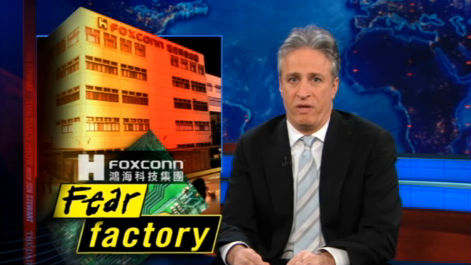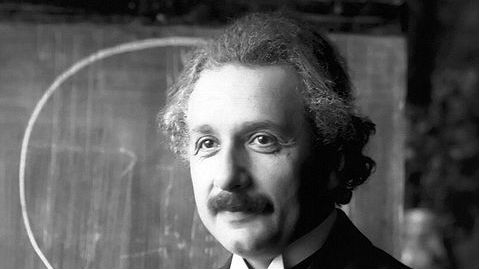Foxconn, Revisited

The Taiwanese-owned company Foxconn will not be making Fortune’s list of the best companies to work for any time soon. Over 300 workers recently staged a protest on the roof of one of Foxconn’s factories threatening mass suicide. This may seem like a bizarre form of collective bargaining, but the fear of worker suicide is an everyday reality at Foxconn. After a spate of suicides in 2010, the company required its workers to sign a no-suicide pledge. Since many of the workers jumped to their deaths, the company also installed anti-suicide netting on its buildings.
Foxconn has been accused of running “labor camps” with military-style drills.
The company’s cynical response to these suicides is an indicator of the types of management practices going on in China and the kind of cold calculation that is often involved in handling workers. After being initially slow to respond to concern about the suicides, Foxconn’s CEO Terry Gou (pronounced “Gwo”) gave a press conference that seemed like a scene from a dystopian science fiction movie. Gou coldly rationalized the suicides as a function of the growth in China’s GDP. Give this guy the Montgomery Burns award!
Foxconn CEO Terry Gou
Gou’s reaction is certainly in stark contrast to that of image-conscious American companies like Apple and Microsoft who rely on Foxconn to produce circuit boards. While Foxconn has been around for 35 years, the suicides brought the company a lot of unexpected and unwanted international attention, and also prompted a series of investigations into Foxconn’s labor practices by 20 Chinese universities and two NGOs. These investigations characterized Foxconn’s factories as “labor camps” that treated workers like machines in order to meet an insatiable production demand for iPods and iPads (one factory makes 137,000 iPhones each day, or 90 per minute).
The word ‘machines’ is fitting since Foxconn plans to replace its human workforce with “an empire of robots” in the next three years. As Big Think detailed in a previous post, the number of robot workers may be as high as one million.
The repetitive work of Foxconn’s employees is being fazed out by robots.
While some have pointed out that Foxconn is hardly the worst offender in China, the company has still become the poster boy for labor abuse in the region. Controversy has also thrust the formerly reclusive Gou into the spotlight. And so for the first time in the company’s history Foxconn hired a PR firm, the New York-based Burson-Marsteller.
So who is Terry Gou? Is he a slave-driving “industrial monster” or a master innovator, the architect of a manufacturing renaissance in greater China? Gou built Foxconn from scratch and has an estimated fortune of $5.7 billion, according to Forbes.
There are also a number of bizarre anecdotes about Gou, such as his claim to have received a signal through his cell phone from the Chinese god Guan Yu. “A harsh environment is a good thing” and “hungry people have especially clear minds” are among the Maoist-sounding aphorisms that appear in Gou’s autobiography.
What’s the Significance?
The use of industrial robot labor is spreading rapidly in China. Foxconn is an industry leader, and other manufacturers will have to follow suite. Access to the cheap labor is key to manufacturing, and a driving force behind the economic development of greater China.
In fact, there is a joke at Foxconn that the electronics manufacturing giant will make all the products in the world some day, and Wallmart will sell them all. And yet, this model of China manufacturing cheap goods for American consumers could soon be history, as Vivek Wadhwa recently wrote in The Washington Post:
These robots will perform repetitive, mechanical tasks to produce the circuit boards that go in many of the world’s most popular consumer gadgets. But even these robots and circuit boards will soon be obsolete. As my colleagueNeil Jacobstein, who co-chairs the Artificial Intelligence (AI) and Robotics program at Singularity University explains, there are three exponentially accelerating technologies—artificial intelligence, robotics, and digital manufacturing—that will reshape the competitive landscape for manufacturing. Specifically, these technologies will make manufacturing more creative, less expensive, more local and more personal.
In the meantime, as we wait for this technology to come to fruition, we will have to endure a painful transition, with miserable consequences for humans. To gage these consequences, we turn to comedy, as Jon Stewart recently savaged Foxconn in a segment this week entitled “Fear Factory.”
Watch the video here:
The Daily Show
Get More: Daily Show Full Episodes,Political Humor & Satire Blog,The Daily Show on Facebook
Follow Daniel Honan on Twitter @Daniel Honan





